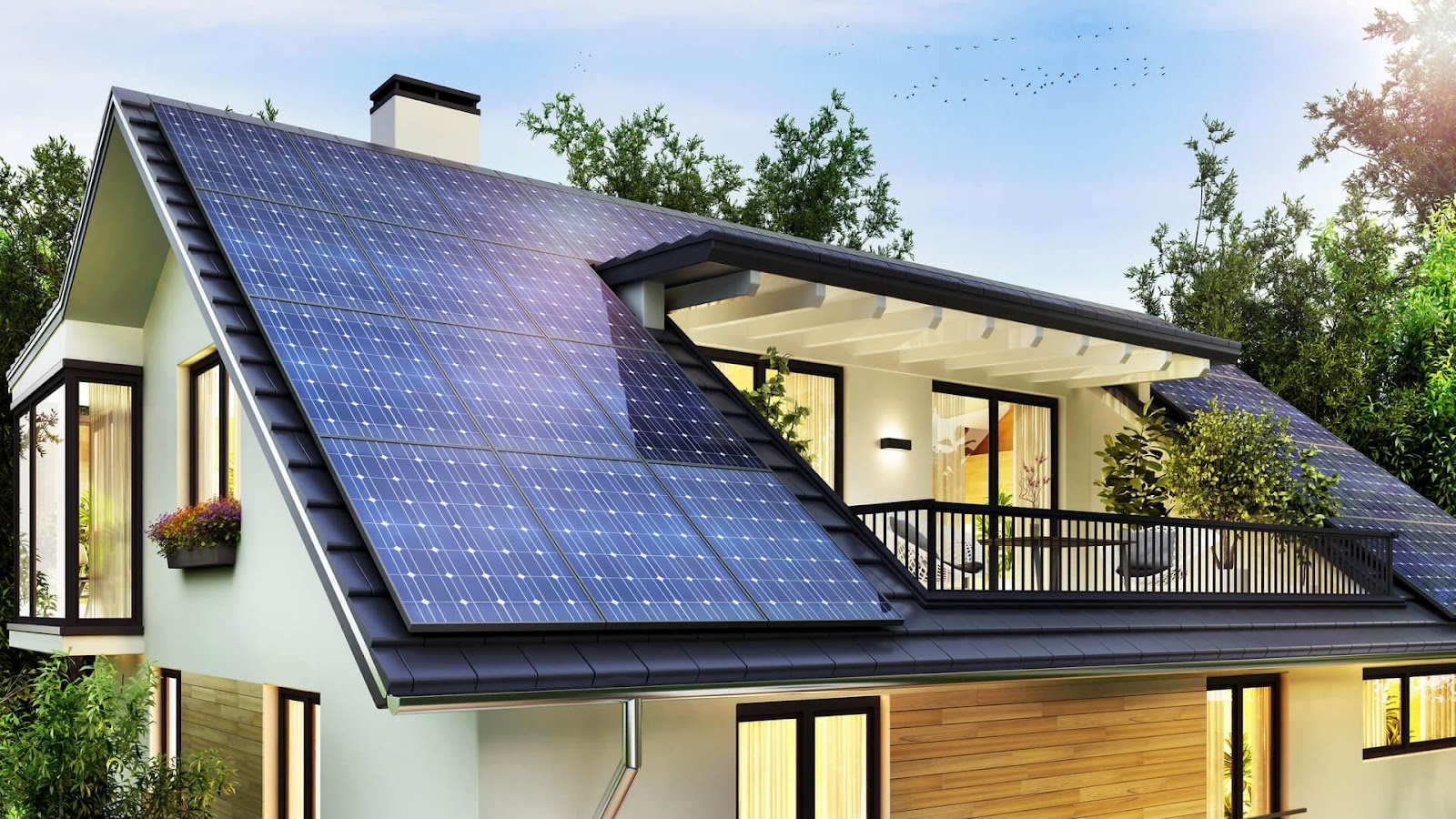Home is where we feel secure and comfortable, a place of warmth and solace. However, those monthly energy bills can become a real source of frustration, right? They take a big chunk out of your wallet and leave you wondering if there’s anything you can do about it. Well, the good news is there are solutions and they’re not as complicated as you might think. In this article, we’re going to look at how to create your own energy source at home, bringing those bills down while contributing to a greener planet.
Understanding the Basics
Before we dive into the ‘how’, it’s important to understand some of the basics around home energy creation. Traditional energy sources such as coal and gas are non-renewable, costly, and have a negative impact on our environment. Renewable energy, on the other hand, is generated from sources that naturally replenish. These include sunlight, wind, rain, tides, waves, and geothermal heat – all of which can be harnessed to generate power.
Here’s the kicker: it’s not as difficult to create your own home energy source as you might think. For instance, let’s take a look at Kinetic Energy. This is the energy that an object possesses due to its motion. With a bit of effort, you can generate your own power using Kinetic Energy, thereby making significant savings on your monthly bills. You can learn more about this in the comprehensive quick power system review.
Steps to Create Your Own Energy Source
Creating your own energy source at home involves careful planning and execution. This article offers valuable insights into the important things to consider when embarking on this path. However, here’s a simplified guide to get you started:
- Identify the Energy Source: Depending on where you live, you’ll have access to different types of renewable energy. Sunlight is the most accessible source and can be harnessed through solar panels. If you live in an area with strong winds, a wind turbine could be a better option.
- Research Equipment and Costs: Once you’ve identified your energy source, you need to research the necessary equipment and the costs involved. Solar panels, for example, can be quite expensive, but they have a long lifespan and can drastically reduce your energy bills.
- Installation: This can be the trickiest part. Depending on your level of expertise, you might want to consider professional installation.
- Maintenance: Once installed, your energy system will need regular maintenance to ensure it runs efficiently.
The Perks of Energy Independence
Building your own home energy source isn’t just about saving money. It’s about becoming more energy independent, decreasing your carbon footprint, and investing in sustainable solutions. By generating your own energy, you can power your home more efficiently and reduce reliance on the grid. The sense of accomplishment is just the cherry on top!
We are fortunate to live in a time where information is readily available, and we have the tools and knowledge to take action. Reducing energy consumption is a vital part of a sustainable future. So, if you’re ready to take that leap, these 7 tips can help you reduce your energy bills dramatically and make your home more energy-efficient.
Remember, every small step towards energy efficiency counts. And who knows, maybe one day, you’ll become completely energy independent!
Exploring Different Types of Energy Sources
While solar and wind power are the most commonly known forms of renewable energy, they aren’t the only options available. Hydroelectric power, for instance, is generated from the energy of falling or fast-moving water. It’s a more sustainable alternative and is predominantly used for power generation. Geothermal energy is another underutilized energy source. It harnesses the heat from within the Earth and can be used for heating and cooling homes as well as generating electricity. Biomass is yet another source of renewable energy, utilizing organic materials like scrap lumber, forest debris, and certain crops to produce electricity. Understanding these different energy sources can help you make a more informed decision about what would work best for your home.
Decoding the Initial Investment
One of the most common concerns homeowners have when considering renewable energy is the cost. It’s no secret that setting up a renewable energy system at home can be expensive. Solar panels, for instance, can cost a fair bit upfront. But here’s the thing: while the initial investment might be high, the long-term savings are substantial. Over time, you’ll start to see a decrease in your monthly energy bills, and you can even earn a return on your investment if you generate more power than you use. Plus, many governments offer tax credits and other incentives to those who install renewable energy systems, helping offset the upfront costs.
The Role of Technology in Renewable Energy
As our technological capabilities advance, so does our ability to harness renewable energy. Modern solar panels are more efficient and affordable than their predecessors, and new inventions like solar windows and solar paint could revolutionize the way we think about renewable energy. Wind turbines have also seen significant technological advancements, with newer models being more efficient and less disruptive to local wildlife. Smart meters and energy storage systems also play a crucial role, helping homeowners monitor and manage their energy consumption more effectively. In essence, technology is paving the way for a greener, more sustainable future.

